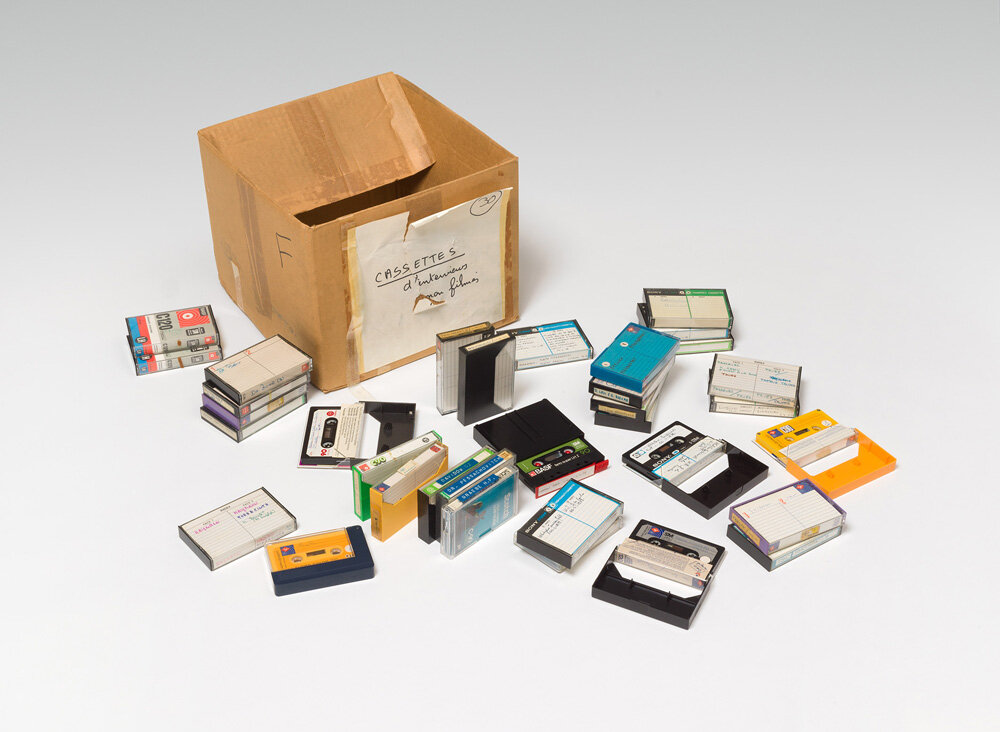Amazon Bookstore: Think British, Read Yiddish

Image by Dan Friedman
‘First they drive all the bookshops out of business, then they open a bookshop.”
A fleeing British tourist voiced the suspicion of New Yorkers still mourning many of the city’s deceased independent bookstores at the May 25 opening of the Amazon bookstore in New York’s Time Warner Center.
What’s the point of such a store? Is it, like the Borders bookstore that used to perch on the floor below, to sell books and make money? Or is it, like the Nike store on Fifth Avenue barely a couple of miles away, just a flagship store to sell the Amazon brand?
As a voracious consumer of books, I’ve been fascinated by Amazon since the company started. I reviewed a very early Kindle for the Forward in 2009, when that device was a one-trick pony the size of a small notebook computer. As a self-identified member of the People of the Book, I want, as the poster outside the store says, “[To] Never Be Without a Book.”

Kindle advert at the Amazon store. Image by Dan Friedman
So I struggled into the small store on the first public morning, past the numerous greeters, the few curious shoppers and the many news crews who were blocking the entry. First of all, it’s worth noting that it’s not a dramatic storefront. Unlike the Nike mansion it’s smallish. And, as film producer Brian Bell — clad in eye-catching rain gear — pointed out from his vantage point in the mall, “[I]t looks like a bookstore.”
There are some obvious differences between the Amazon store and other bookstores. Here all the books have their covers facing out. Here all the books have scannable tags so that you can see what your price will be (unsurprisingly cheaper if you have Amazon Prime). Here you can see what ratings the vast online audience has given each book. Here you can see an occasional selected reader’s review.
The constant reminder of the unimaginably large online backend to the bookstore is sometimes clunky. Not quite as if the clerks were Minecraft characters, but there’s some of that dissonance in seeing Amazon in meatspace, the “If you like… you’ll love…” signs, or the notoriously unreliable Amazon reviews printed as labels. It feels almost surprising that there are clerks at all.
Because the books are cover forward, the experience of visiting the store reverses the usual expectations of the visual and the tactile. Usually you head to a section and look at the shelf, find an interesting spine and grasp the book to pull it out, and see its cover. Here at Amazon there’s no real sense of discovery: You can see the cover of every book; you need your hand for your phone to check the price.
Actually, for a famously iconoclastic company, there’s little that is “disruptive” about the form of Amazon’s store. Apart from the logo and the superficial appearance of the books (who needs to maximize shelf space when you have millions of books a single-click away?), the only distinctively Amazon thing about the store is the 20% of floor space dedicated to Echos, Kindles of all sorts and a variety of accessories.

Gadgets: About 20% of the floorspace is taken up with space to sell different versions of Echos and Kindles. Image by Dan Friedman
Selling their gadgets is fair enough. Bookstores always have their toy corners, their coffee shops, their counter line confectionaries. But it’s just one more reminder that this is the tip of the online iceberg, sticking out anomalously into the real world.
Jennifer Cast, vice president of Amazon Books, explained that Amazon has “always wanted to be the best place to find, buy and discover books.” And it arguably is the best place for that — but if it is, it achieves that online, not through this small albeit pleasing mall expression.

American Pharaoh: The story of the only horse ever to appear in the Forward 50. Image by Dan Friedman
“Amazon realizes that there’s no substitute for bricks and mortar, in-person browsing,” Jenny Schweitzer, an independent documentary maker whose daughter attends school near the store, told me. She’s right, the store feels like a platform-agnostic experiment. If there’s an experience that can make Amazon money (and the books themselves are surely not much better than loss leaders), they’ll try it.
But there’s nothing very special yet about this browsing experience. I was looking for Judaica, was pointed to religion and found Leo Rosten’s famous “The Joys of Yiddish,” surrounded by Thich Nhat Hanh, “The Tao of Pooh” and a book on Salafi-Jihadism. Meh.
At the moment the store isn’t a flagship, it’s just a pop-up flag, waving at the passers-by to remind them of the online book behemoth that is Amazon. But, as it engages with the challenge to find a bricks-and-mortar brand at its various types of stores, Amazon will change. Will, as they say, iterate.
This new store is not the answer to the lack of physical bookstores that Amazon put out of business, but it begins to pose that question in a real way. And, if the past eight years are anything to go by, Amazon will be among the best at answering it.
Dan Friedman is the executive editor of the Forward. Follow him on Twitter, @danfriedmanme















